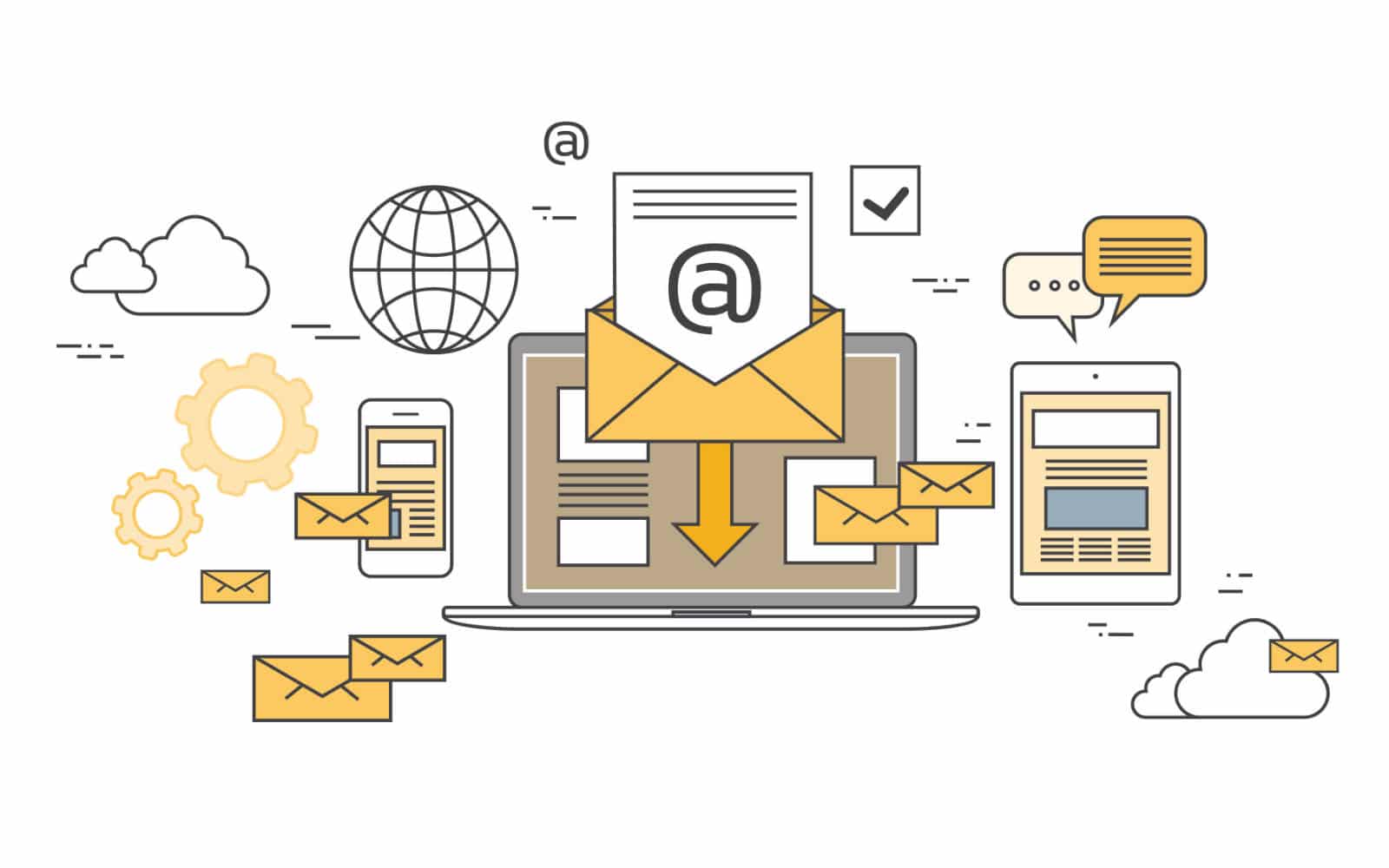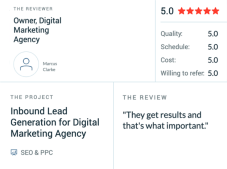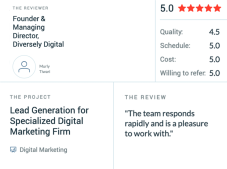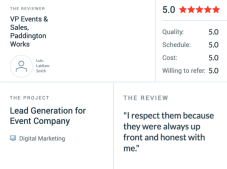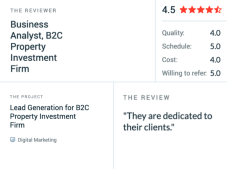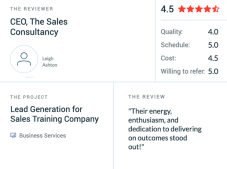How To Write A Marketing Email That Works For Potential Customers!
When marketing your product or service, an email campaign can be a powerful tool for reaching potential customers. But with so many emails flooding people’s inboxes daily, how can you ensure yours stands out and converts?
Here are some tips on writing a marketing email that will catch your audience’s attention and lead them to action.
Use Actionable Language
When writing an effective marketing email, one of the most important things you can do is use actionable language. This means using words and phrases that inspire action in your readers, encouraging them to take the next step in their journey with your brand.
One key element of actionable language is using verbs instead of adjectives or adverbs. Verbs are action words that encourage readers to take action, whereas adjectives and adverbs describe a product or service without inspiring any particular response.
Prioritise Clarity, And Only Then Think About “Catchiness”
When writing a marketing email, it’s important to prioritise clarity over catchiness. Yes, catchy subject lines and witty copy can grab a reader’s attention, but your efforts will be wasted if the message is unclear or confusing. Your goal should be to communicate your message as clearly and concisely as possible.
Start by identifying the purpose of the email: what action do you want readers to take? Are you promoting a sale? Are you encouraging them to sign up for a newsletter?
Once you have a clear objective, craft your message around that goal. Use simple language and avoid jargon or technical terms that might confuse readers.
Remember that most people receive dozens of emails daily – if your message isn’t crystal clear from the start, they’re likely to move on to something else.
Align Your Subject Line Copy And Email Copy
When it comes to writing a marketing email, there are a lot of different elements to consider. Each piece plays an important role in creating an effective campaign, from your message’s content to your template’s design and everything in between. However, one aspect often overlooked is aligning your subject line and email copy.
The subject line of your email serves as the first impression for many recipients. It’s what they see before opening the message, and it can make or break their decision to engage with
your content.
By aligning your subject line with the actual content of your email, you’re setting clear expectations for what readers can expect once they open it up.
Write Simple, Compelling Body Content
Writing simple and compelling body content is the key to creating a successful marketing email. You aim to capture your readers’ attention and persuade them to act.
Here are some tips for crafting the perfect message:
- Firstly, ensure your subject line is strong enough to grab your reader’s attention. It should be short and punchy, summarising your email in just a few words.
- Secondly, keep your message concise and easy to read. Use clear language that speaks directly to the reader, highlighting how your product or service can benefit them.
- Thirdly, use persuasive language that creates urgency and motivates readers to act quickly. Highlight any limited-time offers or special deals they won’t want to miss.
Establish Relevancy
Establishing relevancy is essential to ensure your message resonates with your target audience. Relevancy is the key to unlocking the door to success in email marketing campaigns. By establishing relevance, your audience will be more likely to read and engage with your emails.
One way to do this is by personalising your emails based on the recipient’s interests or behaviour. Using data such as past purchases or website activity, you can create targeted campaigns that speak directly to their needs and preferences. Additionally, segmenting your email list based on demographics or location helps increase relevancy and engagement.
Personalize When Possible
Personalisation involves tailoring your message to customers based on their interests and behaviours. Doing so makes you more likely to catch their attention and convince them to take action.
One effective way to personalise your emails is by using data. Analyse your customers’
purchase history or browsing behaviour on your website and use this information to recommend products or services they might be interested in. You could even send targeted offers based on past purchases or offer personalised discounts for loyal customers.
Be Brief
In today’s fast-paced world, attention spans are shorter than ever. With marketing emails, getting your point across quickly and succinctly is crucial. That means being brief in your messaging and getting straight to the point.
First, start with a clear subject line that grabs the reader’s attention. Use concise language that accurately reflects what the email is about. Don’t try to be clever or use click-bait tactics – these can come across as insincere and turn readers off.
Next, focus on your main message. Keep it short and sweet using bullet points or highlighting key phrases in bold text. Avoid lengthy paragraphs that can overwhelm readers and cause them to lose interest before they finish reading.
Finally, end with a strong call-to-action (CTA) that encourages readers to take action immediately.
Talk About Benefits, Not Features
When crafting marketing emails that truly resonate with your target audience, one of the most important strategies to remember is to focus on benefits rather than features.
While product or service features are certainly important and can set you apart from competitors, customers are ultimately looking for solutions that will make their lives easier or better in some way. By highlighting the key benefits of your offering, you can demonstrate how it meets customers’ needs and addresses pain points.
One way to ensure you’re focusing on benefits rather than features is to put yourself in the shoes of your target customer. What problems are they facing? What solutions might they be searching for? Once you’ve identified these key areas, you can tailor your messaging
accordingly.
Conclusion
Writing a marketing email can be both an art and a science. It requires careful attention to detail, creativity, and the ability to persuade your audience through your writing. This article has outlined some tips that can help you master the art of writing marketing emails that effectively capture your reader’s attention and inspire them to take action.
Was this article helpful? Let us know in the comments.
FAQ
Is email marketing good for beginners?
The answer is yes! Email marketing can be especially beneficial for beginners who must establish their brand and build relationships with their customers without too much expense.
What makes great email marketing?
Firstly, a great email marketing campaign should have a clear and compelling subject line that entices the recipient to open the email. The content of the email should also be relevant and valuable to the reader, providing them with useful information or offering them something of value in exchange for their time.
Additionally, emails should be visually appealing with easy-to-read fonts and graphics that enhance rather than distract from the message.
How do you write a professional email?
Consider who you are writing to and why you are sending the email. This will help frame your message appropriately and convey the intended tone.


